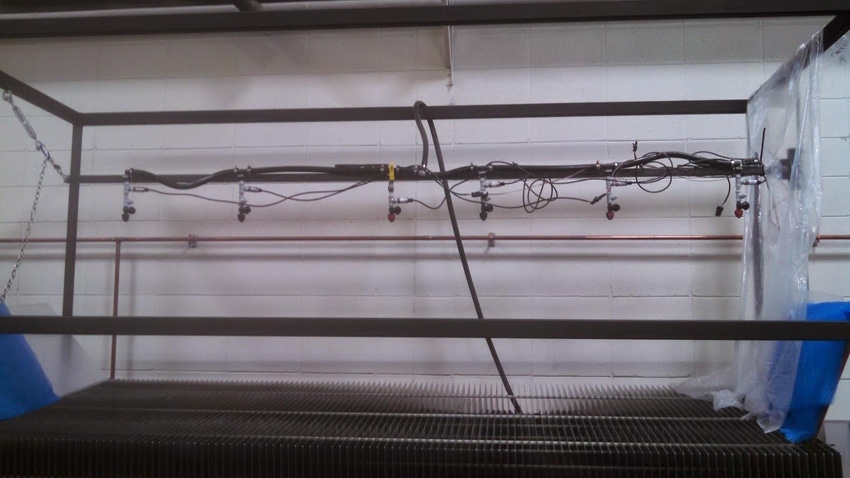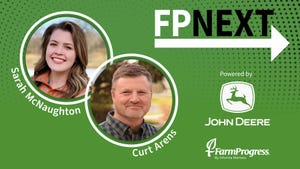
Last week we took you behind the scenes of a sprayer testing lab at the University of Nebraska-Lincoln, where graduate student Shane Forney and assistant professor Joe Luck looked at issues affecting spray nozzle performance. Most of those issues have to do with how operators set up the machine.
We followed up with Luck on Friday and asked him how, based on those tests, sprayer operators can avoid the same pitfalls. Luck gave us some take-home tips that will help ensure the proper nozzle set-up. You can find those tips here at the bottom of each slide in our sprayer testing gallery. Follow his recommended guidelines, which will help you get consistent coverage when applying chemicals and fertilizer this season.
His guidelines dovetail nicely with four other recent articles on proper sprayer set-up, which are well worth the read:
Sprayer school for farmers: Bob Wolf, former extension specialist with Kansas State University and now manager of Wolf Consulting & Research LLC Wolf, offers training programs on nozzle selection, sprayer setup, and best practices for applications. Wolf offers these eight tips to ensure even and targeted spray coverage.
Sprayer prep gets more accurate: Read how a new app from University of Illinois can help simplify sprayer set-up, calibration, and tank-mix calculations.
Newest tech for sprayers: Self-propelled sprayers are gaining value due to crop protection, productivity improvement tasks. Maintaining your farm’s sprayer means working through numerous details. Look at key factors when considering an update or a trade for better performance.
Setting up for direct-injection: Sprayers equipped with direct chemical injection systems are coming back as a rinseless alternative to tankmixing.
Read those, and you'll have done your homework on how to get the best performance out of your farm sprayer.
Like what you’re reading? Subscribe to Farm Industry News Now e-newsletter to get the latest news and more straight to your inbox twice weekly.
About the Author(s)
You May Also Like






